As businesses increasingly rely on technology for their operations, the need for a structured approach to managing this technology becomes paramount. IT governance provides that structured approach. It ensures that IT investments align with business objectives, that appropriate management of risks occurs, and that the value from IT investments is realized. This isn't just about setting rules; it's about making sure that IT acts as a powerful enabler for the business, supporting growth, efficiency, and innovation.
The Essence of IT Governance
IT governance, a subset of corporate governance, focuses on IT systems and their performance and risk management. The aim is to ensure that IT investments support business objectives, deliver value, and mitigate risks associated with IT assets. An effective IT Governance Program Design integrates policies, processes, and structures to guide the management and usage of IT resources in organizations.
Key Frameworks in IT Governance
COBIT
ISACA created COBIT (Control Objectives for Information and Related Technologies) as a framework for IT management and governance. It offers a holistic approach to IT Governance Program Design, emphasizing regulatory compliance, risk management, and the alignment of IT strategy with business objectives. COBIT helps organizations develop consistent and repeatable processes to improve IT operations and governance.
ITIL
ITIL (Information Technology Infrastructure Library) focuses on IT service management (ITSM). It provides a set of best practices for delivering IT services that meet business needs. The core of ITIL lies in its five stages of the service lifecycle: Service Strategy, Service Design, Service Transition, Service Operation, and Continual Service Improvement. ITIL plays a crucial role in enhancing IT Governance Program Design through efficient service delivery and management.
ISO/IEC 27001
ISO/IEC 27001 is an international standard for information security management. It outlines requirements for establishing, implementing, maintaining, and continually improving an information security management system (ISMS). By adopting ISO/IEC 27001, organizations can manage the security of assets such as financial information, intellectual property, and employee details. This standard is crucial for IT Governance Program Design, focusing on information security.
Best Practices for IT Governance
Align IT with Business Objectives
Make sure that IT goals directly align with business objectives. This alignment is critical to delivering value and achieving strategic outcomes. Regularly review and adjust IT strategies to keep pace with business changes and objectives.
Establish Clear Policies and Procedures
Develop clear IT policies and procedures to guide operations, decision-making, and compliance. This clarity helps manage risks and ensures consistent and effective IT processes.
Implement a Framework
Adopting a recognized IT governance framework such as COBIT, ITIL, or ISO/IEC 27001 can provide structure and guidance for your IT Governance Program Design. These frameworks offer proven practices that can be tailored to fit your organization's needs.
Foster a Culture of Compliance and Risk Management
Build a culture where valuing compliance and risk management is the norm. This involves regular risk assessments, clear communication of IT policies, and training programs for staff to understand their role in governance.
Measure and Monitor Performance
Set up metrics and KPIs to measure IT performance and its contribution to business objectives. Regular monitoring and reporting will help identify areas for improvement and demonstrate the value of IT investments.
Engage Stakeholders
Engage with organizational stakeholders to ensure their needs are considered in IT planning and operations. This includes regular communication, involvement in decision-making, and addressing feedback.
Continuous Improvement
Adopt a mindset of continuous improvement. Regularly review and refine IT governance processes to adapt to new challenges, technologies, and business objectives. This ensures that IT governance remains effective and aligned with business needs.
Conclusion
Mastering the complexities of IT governance requires a careful and strategic approach, but it's within reach with the proper knowledge and tools. By understanding the key frameworks and adopting best practices, organizations can design an IT Governance Program that not only aligns IT with business objectives but also enhances value delivery and risk management.
Remember, IT governance is not a one-time effort but a continuous process of alignment, measurement, and improvement. It's about creating a culture where IT and business work hand-in-hand to achieve strategic objectives. With commitment, collaboration, and a clear focus on business goals, your organization can harness the full potential of IT governance to support sustainable growth and success.
In closing, mastering IT governance is a critical step for any organization looking to leverage technology for strategic advantage. By focusing on alignment, risk management, and continuous improvement, businesses can ensure that their IT investments deliver maximum value. So, let's embrace IT governance with the aim of transforming technology into a strategic asset that propels our organizations forward.









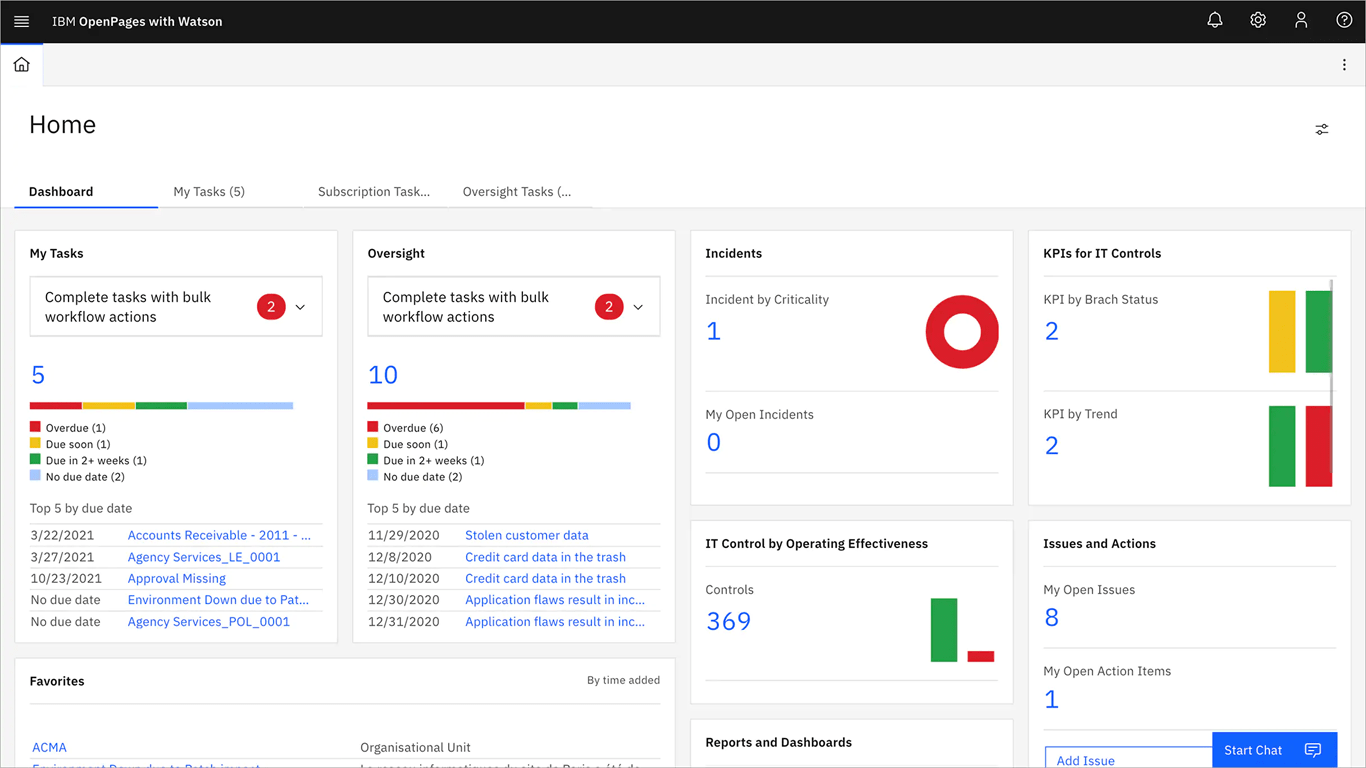



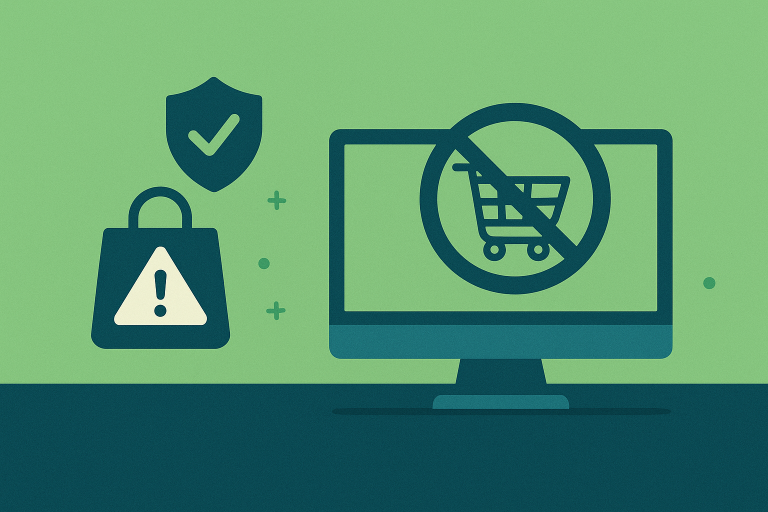





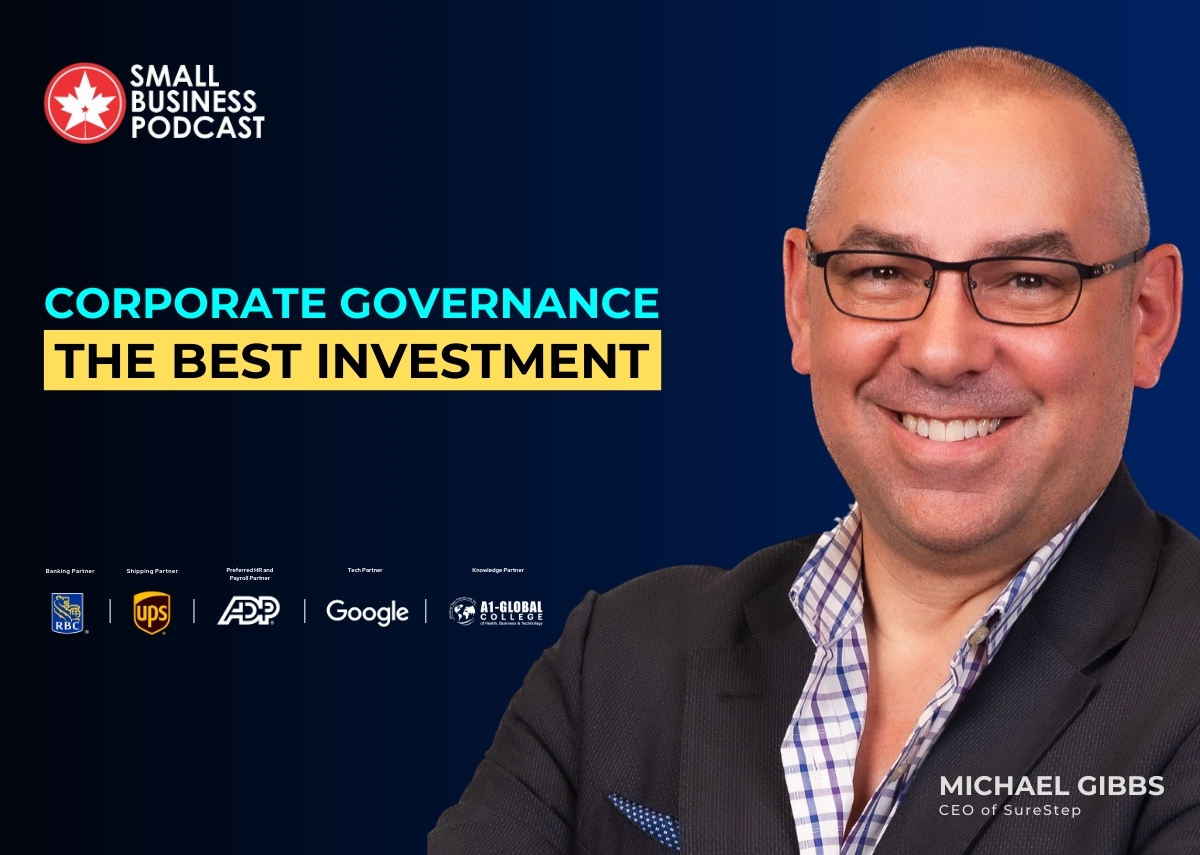

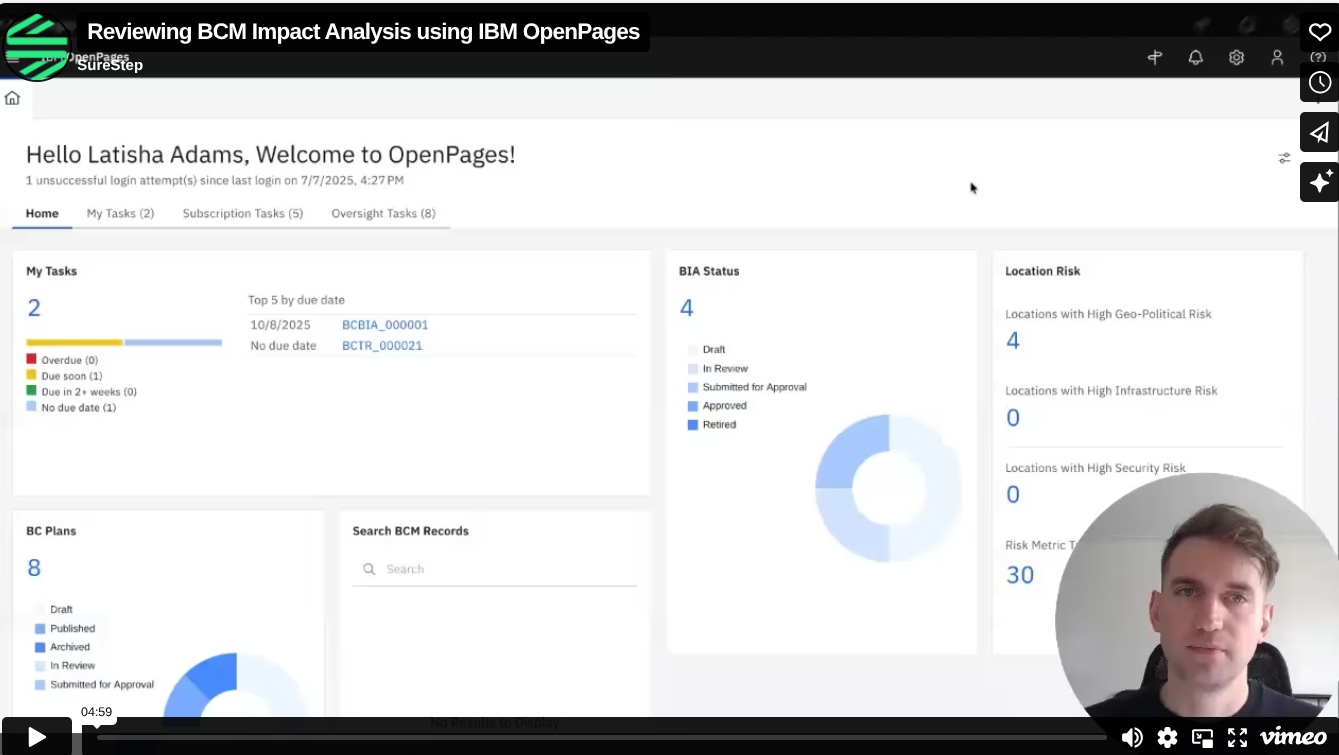



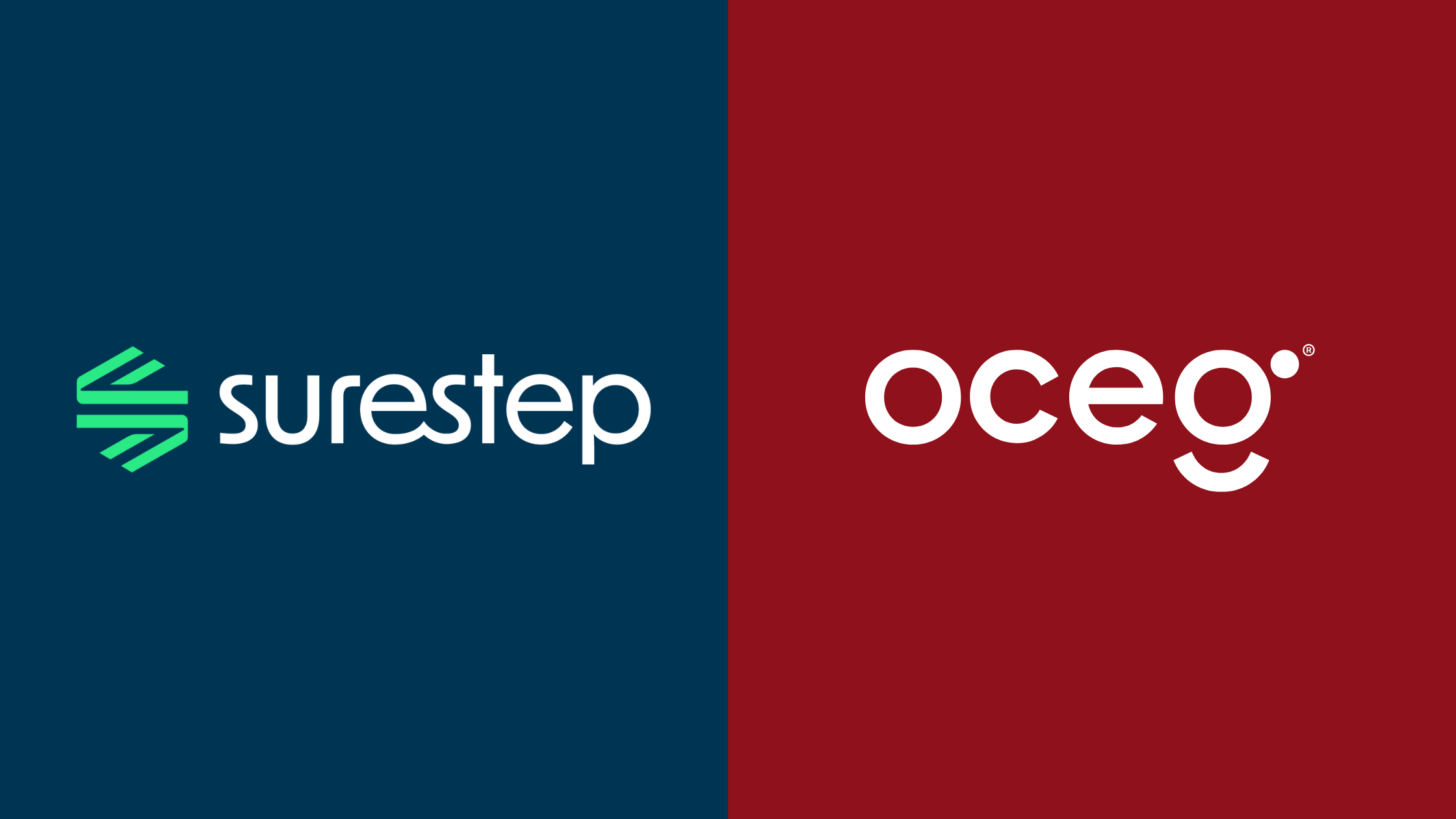


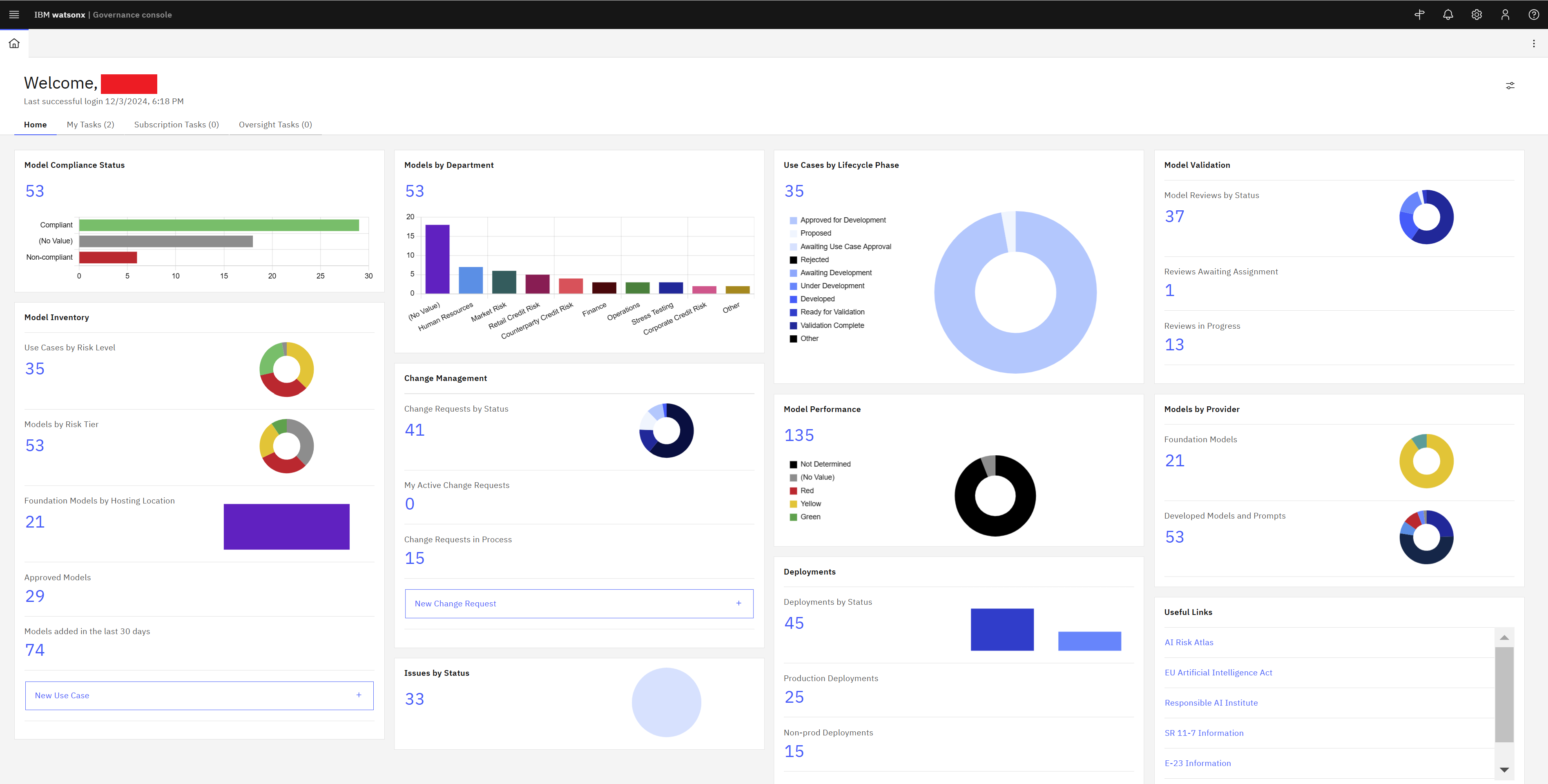

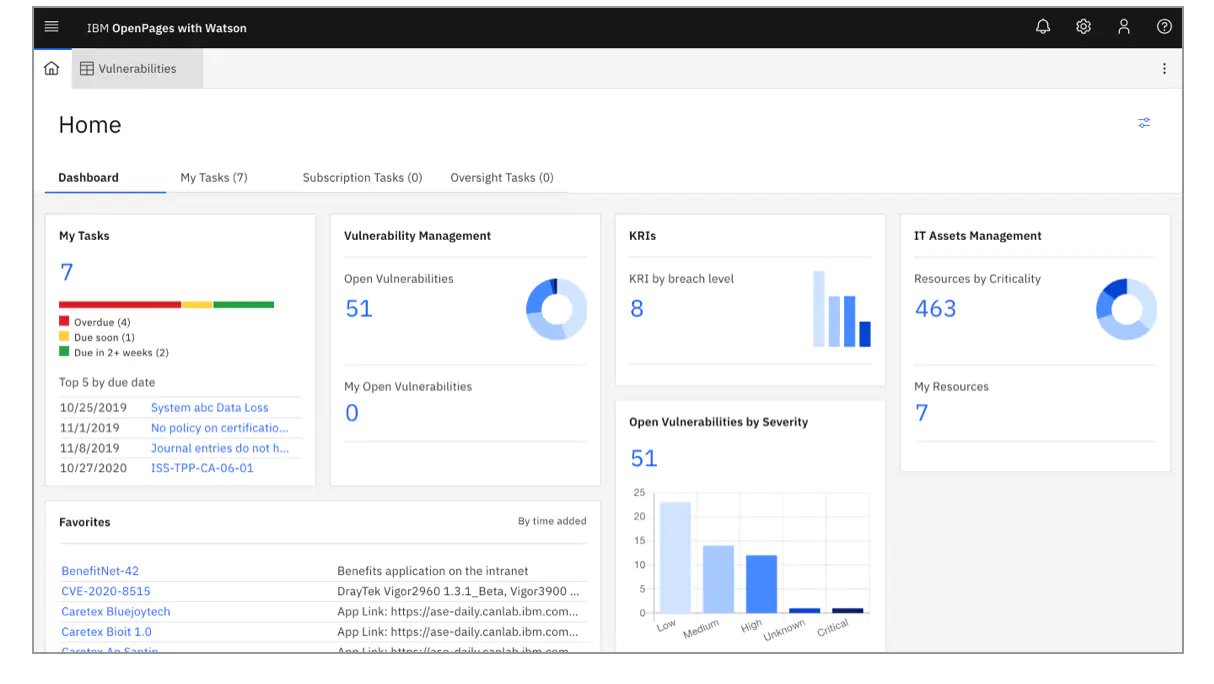
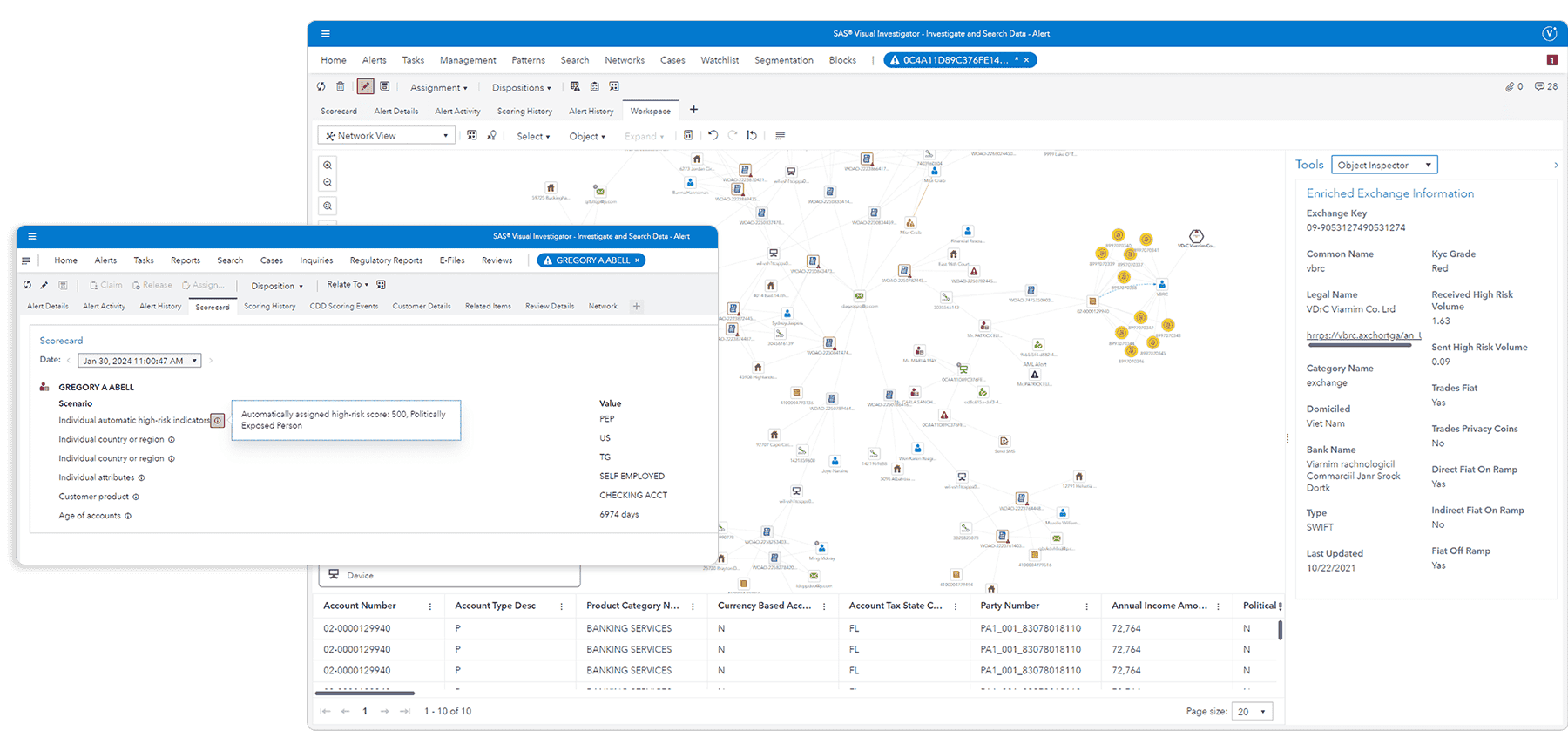







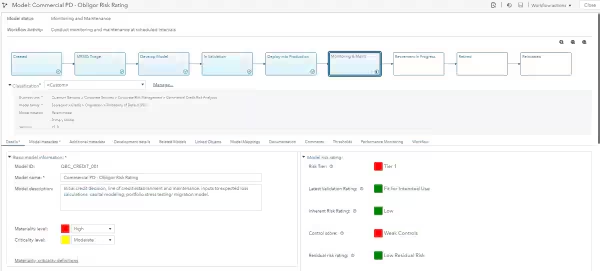









.webp)

-1.jpg)










.jpg)



























.jpeg)







